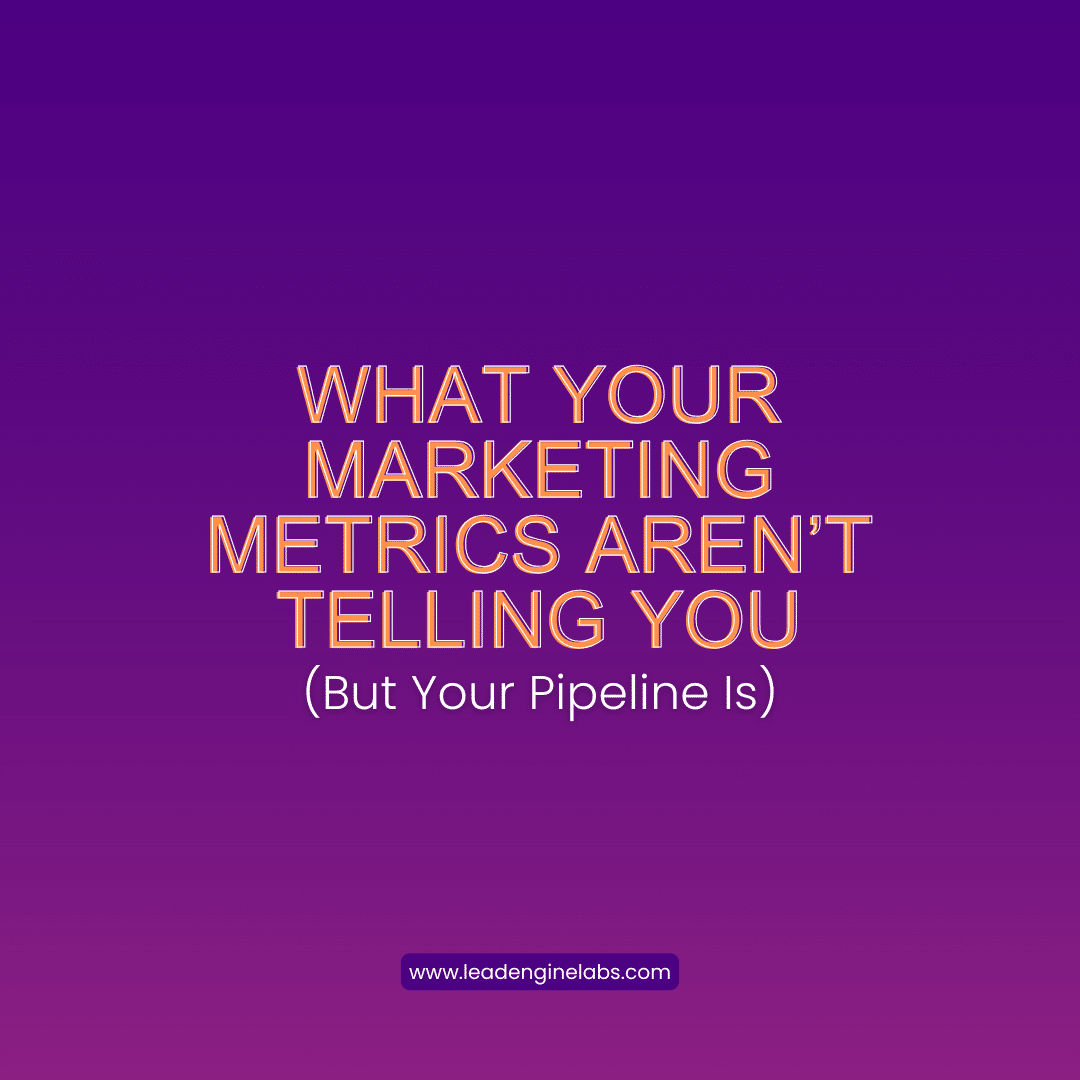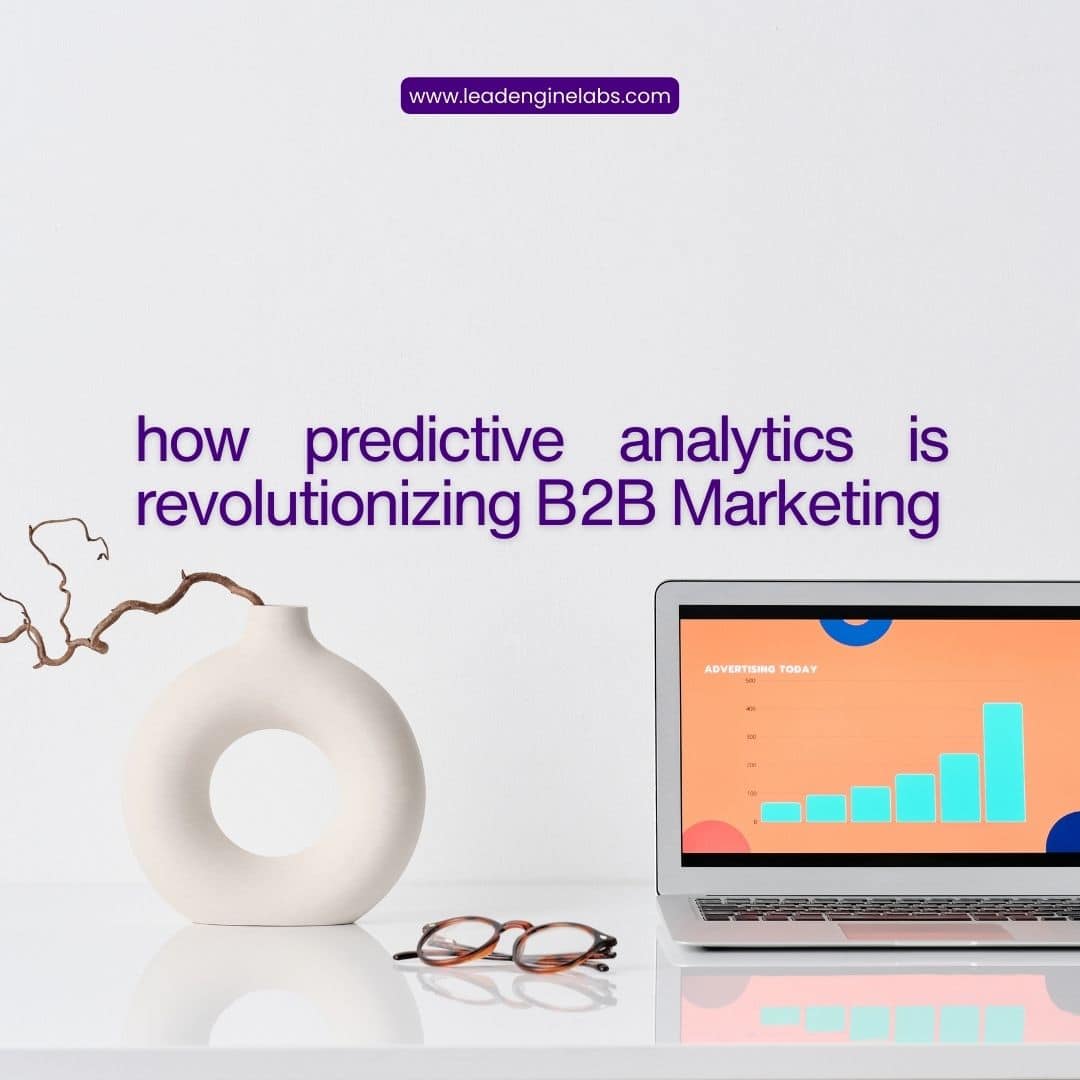You are standing at the base of a mountain, staring up at its towering peak. You have invested a great deal of time and resources into climbing this mountain, and you know that reaching the summit will be a significant achievement.
But as you take your first step onto the trail, you quickly realize that climbing a mountain is not easy – it requires careful planning, strength, and endurance.
The same can be said for marketing. As a business owner or marketer, you understand the importance of investing in marketing campaigns to increase your marketing ROI, reach your target audience, and drive sales. However, just like climbing a mountain, achieving success in marketing requires strategic planning, data-driven analysis, and continuous improvement.
In this article, we will explore the steps you can take to climb the marketing mountain successfully. By following these strategies and best practices, you can increase your Returns On Investment (ROI) while building long-term relationships with your customers.
Key Takeaways
- Understanding your target audience through factors like demographics, psychographics, and customer profiling is crucial for maximizing marketing investments.
- Developing a clear marketing strategy that creates value for the customer, uses storytelling techniques, and highlights social proof can evoke an emotional response in the audience and achieve business objectives.
- Leveraging technology and automation, such as AI-powered chatbots and personalized email campaigns, can streamline marketing efforts and increase ROI.
- Collaborating with influencers and partners can expand reach and connect with a wider audience, but it’s important to choose partners wisely, establish clear expectations, and measure ROI accurately to know if collaborations are paying off. Using Agile methodology to constantly experiment, analyze results, and iterate on approach can maximize ROI from influencer marketing investments over time.
Understand Your Target Audience
Understanding consumer behavior, psychographics, demographics, market segmentation, customer profiling, buyer personas, target market analysis, consumer research, competitor analysis, market trends, and customer insights are all crucial elements in identifying your ideal customer.
By examining these factors closely and gathering data through surveys or other forms of research, you can develop a clear picture of who your customers are and what motivates them to buy. This information will allow you to tailor your marketing efforts toward their specific needs and preferences.
Moreover, studying your competitors can also provide valuable insights into how they are reaching their target audience and what strategies have been successful for them. By analyzing both internal and external factors that influence the market trends and consumer behavior patterns within your industry, you can gain an edge over competitors with a more precise targeting strategy.
Once you have identified the characteristics of your ideal customer base, then it’s time to use this knowledge as a foundation for developing a clear marketing strategy that aligns with these specific goals.
Developing a clear marketing strategy is essential for maximizing returns on investments by making sure every dollar spent contributes directly toward achieving business objectives while ensuring that it continues providing value beyond the initial results.
Develop a Clear Marketing Strategy
Having a clear marketing strategy is crucial for achieving success in any business. To develop one, start with developing customer personas to understand their needs, preferences, and behavior patterns. This exercise will help you create targeted campaigns that resonate with your audience on a deeper level.
Furthermore, make sure to conduct a competitive analysis to learn about the strengths and weaknesses of your competitors. This information will help you differentiate your brand from others in the market.
To evoke an emotional response in the audience, here are three things to keep in mind while developing your marketing strategy:
- Focus on creating value for the customer by solving their pain points.
- Use storytelling techniques that touch upon emotions like joy, humor, or nostalgia.
- Highlight social proof like customer testimonials and reviews to build trust.
Incorporating these tactics into your marketing strategy can help you achieve better ROI as they appeal to the subconscious desire for innovation among customers.
Moving forward, use data analytics to track and optimize campaigns effectively without wasting resources or time. By doing so, you can identify what works best for your target audience and tweak campaigns accordingly for better results.
Use Data Analytics to Track and Optimize Campaigns
When it comes to maximizing your marketing ROI, using data analytics to track and optimize campaigns is essential.
By monitoring key metrics such as click-through rates and conversion rates, you can quickly identify opportunities for improvement.
From there, you can test and refine your approach until you find the most effective strategy for your business.
With a data-driven mindset, you’ll be able to make informed decisions that lead to better results and stronger returns on your marketing investments.
Monitor Key Metrics
By keeping a close eye on important metrics, you’ll be able to determine which marketing strategies are working and which ones need adjustment. Here are some key metrics that you should monitor:
- Conversion rate: This metric measures the percentage of visitors who take a desired action on your website, such as making a purchase or filling out a form. By tracking your conversion rate, you can identify areas where your website may need improvement.
- Customer retention: This metric measures how many customers continue to do business with you over time. By focusing on customer retention, you can increase the lifetime value of each customer and reduce the cost of acquiring new ones.
- Lifetime value: This metric measures the total amount of revenue that a customer will generate for your business over their lifetime. By increasing this value, you can maximize your return on investment for each customer.
- Engagement rate: This metric measures how much interaction your audience has with your content across various channels. By improving engagement rates, you can increase brand awareness and build stronger relationships with potential customers.
By monitoring these key metrics, you’ll be able to make data-driven decisions about which marketing strategies to pursue and which ones to abandon.
Identify Opportunities for Improvement
To improve your marketing campaigns, it’s important to identify areas where adjustments can be made. Conducting a SWOT analysis can help you evaluate the strengths, weaknesses, opportunities, and threats of your business. This analysis will provide insights that will assist you in identifying areas of improvement for your marketing campaigns.
By focusing on strengths and opportunities, you can determine where to invest more resources to maximize your ROI. Another area that needs attention is customer segmentation. It’s crucial to understand who your customers are by dividing them into groups with similar characteristics and behaviors.
Once these segments have been identified, tailor your messaging and content towards each group’s unique preferences and interests. This approach ensures that you’re providing the right message or offer at the right time to the right audience; hence improving conversion rates.
After conducting a SWOT analysis and segmenting your customers accordingly, you’ll be better equipped to make informed decisions about how best to allocate resources across different channels for maximum impact. The next step is testing and refining your approach based on data-driven insights; we’ll explore this further in the subsequent section about ‘test and refine.’
Test and Refine Your Approach
Now it’s time for you to fine-tune your marketing approach and achieve even better results. A/B testing tactics can help you identify the best-performing elements of your campaigns, allowing you to optimize them accordingly.
By creating two versions of a campaign with only one different element (such as headline, image, or call-to-action), and then comparing their performance through conversion rate analysis, you can determine which version resonates more with your audience. This way, you can refine your approach by implementing changes that work for your specific target market.
Another way to test and refine your approach is by analyzing user behavior on your website or social media channels. By tracking how users interact with different elements of your platform (such as buttons, links, and forms), you can identify areas where they get stuck or drop off before completing a desired action. Armed with this information, you can make necessary adjustments to improve user experience and increase conversion rates.
Leverage Technology and Automation
With technology and automation, you can streamline your marketing efforts and increase ROI without breaking a sweat. Automation implementation is crucial in today’s fast-paced market. By using automation tools, you can save time and resources that would otherwise be spent on repetitive tasks. This gives you more room to focus on the creative aspects of your marketing campaign, such as developing engaging content or refining your target audience.
Technology integration is another key factor in maximizing returns on your investments. With the right technology in place, you can gain valuable insights into customer behavior and preferences. This data can then be used to inform future marketing strategies and improve overall ROI. Additionally, technology such as AI-powered chatbots or personalized email campaigns can enhance the customer experience and drive conversions.
By leveraging both automation and technology, you can create a more efficient and effective marketing strategy that yields higher returns on investment. However, it’s important not to rely solely on these tools. It’s still essential to have a human touch in your marketing efforts and continuously review performance metrics to refine your approach over time. In the next section, we’ll explore how investing in high-quality design and visuals can further boost ROI for your business.
Invest in High-Quality Design and Visuals
By incorporating visually stunning designs, you can captivate your audience and leave a lasting impression that sets your brand apart from competitors. Design impact has become an essential aspect of marketing campaigns in today’s digital age.
Research shows that design-driven companies outperform their competitors by 219%. Why is this? Because great design creates an emotional connection with the audience and communicates the message.
Visual storytelling is another crucial element of effective marketing. People are more likely to remember information when it’s presented in a visual format rather than plain text. By using compelling visuals, you can communicate complex ideas in a simple, easy-to-understand way. This makes it easier for your target audience to absorb and retain information about your product or service.
Incorporating high-quality design and visuals into your marketing strategy allows you to stand out from the competition and increase ROI. It also helps build trust with potential customers, as they perceive brands with great design as more professional and credible.
In the next section, we’ll discuss how collaborating with influencers and partners can further enhance your marketing efforts.
Collaborate with Influencers and Partners
Influencer partnerships have become increasingly popular in recent years, as they enable businesses to tap into the followers of prominent social media personalities. By partnering with these individuals, brands can increase their visibility and credibility among their target audience.
Collaborative campaigns can also be an effective way to maximize your marketing ROI. When you team up with another brand or company, you can leverage each other’s strengths and resources to create a more impactful campaign. By pooling your expertise, budget, and networks, you can create content that resonates with your shared audience and drives engagement.
To make the most of influencer partnerships and collaborative campaigns, it’s important to choose your partners wisely. Look for individuals or companies that share similar values and goals as your own business. Additionally, be sure to establish clear expectations upfront regarding deliverables, timelines, compensation, etc.
With careful planning and execution, influencer partnerships and collaborative campaigns can help boost your marketing ROI significantly. As you seek ways to enhance your marketing ROI further, it’s essential to measure and report on the effectiveness of each strategy used.
This allows you to identify what works well for your business while also ensuring that resources are allocated efficiently in future campaigns. So, how do you go about measuring the success of influencer partnerships or collaborative campaigns? Keep reading for some valuable insights!
Measure and Report on Marketing ROI
Collaborating with influencers and partners is a great way to enhance your marketing ROI. However, it’s not enough to simply partner with popular individuals or brands. To truly maximize your returns on investment, you need to measure and report on ROI accurately. This is the only way to know if your collaborations are paying off.
Calculating ROI accurately can be challenging, especially when it comes to influencer marketing. Unlike traditional advertising methods, the success of influencer partnerships can’t always be measured in direct sales or leads generated. Instead, you need to look at metrics like engagement rates, brand mentions, and website traffic driven by the influencers’ posts.
To effectively measure ROI for influencer and partner collaborations, consider using a three-column table that tracks the following information:
| Metrics | Calculation | Importance |
| Engagement Rate | Total Engagements / Reach | Indicates how well the content resonated with the audience |
| Traffic Driven | Number of Clicks / Post Views | Shows how effective the partnership was in driving website traffic |
| Brand Mentions | Number of Times Your Brand Was Mentioned / Total Social Media Posts | Demonstrates how much awareness was generated for your brand |
By tracking these metrics over time for each collaboration effort, you can get a better understanding of what’s working and what’s not. This will allow you to continuously improve and iterate your approach for even greater returns on investment.
Measuring and reporting on ROI is essential if you want to maximize returns from your influencer partnerships and collaborations with other brands. While it may take some effort upfront to set up tracking systems and analyze data accurately, doing so will pay off in the long run by helping you make more informed decisions about where to allocate your marketing resources next. With this knowledge in hand, you can take action towards improving results continually without wasting time or money on less effective strategies.
Continuously Improve and Iterate
Improving and iterating your influencer marketing strategy is crucial for staying ahead of the competition and achieving long-term success. Continuous experimentation allows you to test new ideas, identify what works, and refine your approach over time. The Agile methodology helps you stay nimble and adaptable, enabling you to respond quickly to changes in the market and customer preferences.
To continuously improve your influencer marketing strategy, start by setting clear goals and metrics that align with your overall business objectives. Use data analytics tools to track performance indicators such as engagement rates, conversion rates, and ROI. Analyze this data regularly to identify trends and patterns that can inform future decisions.
Once you have a clear understanding of what is working well and what needs improvement, use an Agile approach to iterate on your strategy. This means breaking down tasks into smaller chunks that can be completed quickly and efficiently. Test new ideas on a small scale before scaling up successful experiments.
By constantly experimenting, analyzing results, and iterating on your approach, you can maximize ROI from your influencer marketing investments over time.
Conclusion
Congratulations, you’ve reached the end of this article on enhanced marketing ROI. By now, you should have a good understanding of how to maximize returns on your investments and achieve greater success with your marketing campaigns.
One interesting statistic to note is that companies that prioritize data-driven marketing are six times more likely to be profitable year-over-year compared to their competitors who don’t use data analytics. This highlights the importance of using data to inform your marketing decisions and optimize your campaigns for maximum impact.
By understanding your target audience, developing a clear strategy, using data analytics, leveraging technology and automation, investing in high-quality design and visuals, collaborating with influencers and partners, measuring and reporting on ROI, and continuously improving and iterating your approach based on insights from the data you collect, you can significantly increase the effectiveness of your marketing efforts.
Frequently Asked Questions
What is the best way to calculate ROI for marketing campaigns?
To calculate ROI for marketing campaigns, start by using marketing attribution to identify which tactics are driving conversions. Then, use data on conversion rates and costs to determine the return on investment for each tactic. This analytical approach leads to more strategic decision-making and better returns.
How can I effectively measure the impact of influencer partnerships on my ROI?
To measure the impact of influencer partnerships on your ROI, use influencer tracking and attribution analysis. Track clicks, conversions, and revenue generated by influencers to determine their contribution to your ROI. Use this data to make strategic decisions for future partnerships.
What are some common mistakes businesses make when trying to maximize their marketing ROI?
Are you struggling to maximize your marketing ROI? Don’t blindly allocate your budget, take the time to understand your target audience and avoid common mistakes like neglecting data analysis. Innovation awaits those who strategize wisely.
Is there a specific timeline or frequency for measuring and reporting on ROI?
To ensure you are getting the most out of your marketing investments, it’s crucial to conduct frequency analysis and use benchmarking techniques. Regularly measuring and reporting on ROI can provide valuable insights for strategic decision-making.
How can I ensure that my marketing strategy is aligned with my overall business goals?
To ensure marketing alignment with business objectives, start by defining your goals and KPIs. Analyze data to identify target audiences and channels that align with your brand identity. Test and refine strategies to optimize results toward achieving long-term growth.





